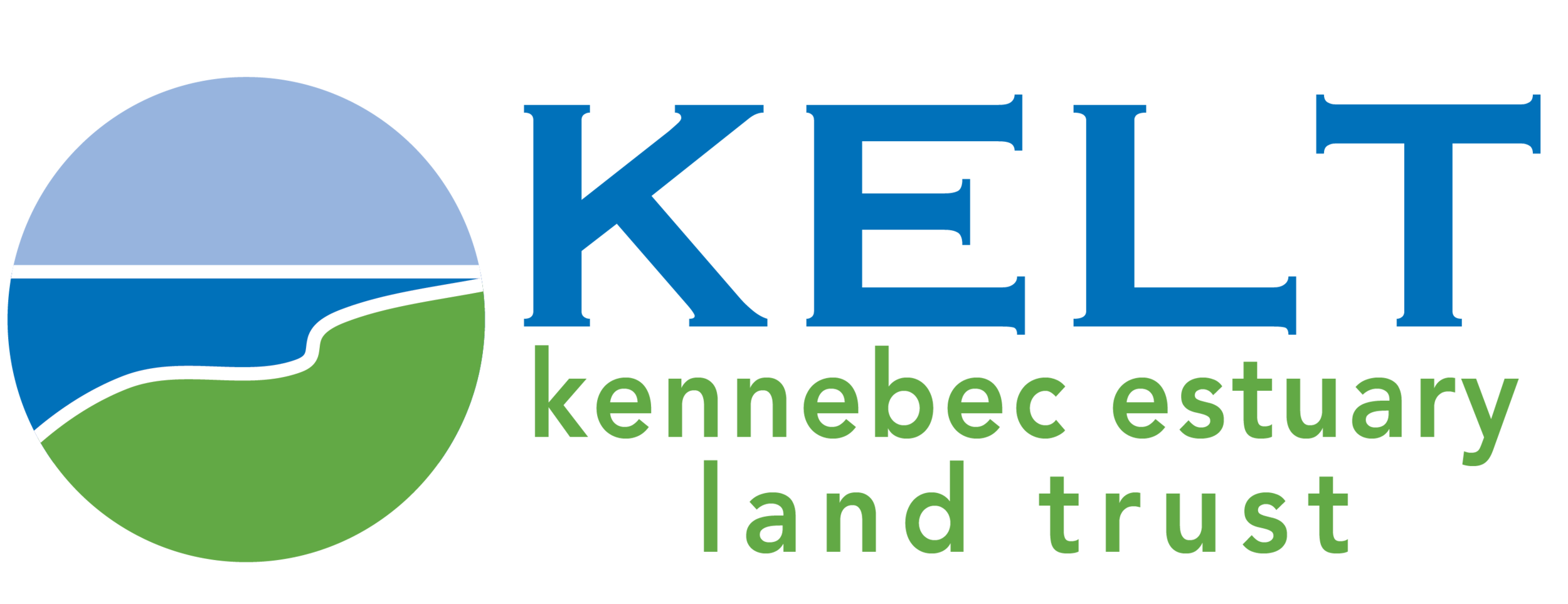Morse Pond Preserve
This 280-acre preserve protects significant wetland habitats and maintains traditional hunting opportunities. Great birding and wildlife sighting opportunities abound, as well as the challenge of a rolling landscape for exercise and enjoyment through the seasons.
For the protection of sensitive habitat and wildlife, no pets are permitted.
Morse Pond Preserve connects to other conserved properties, including Reid State Park. All of these protected properties combine to form a block of nearly 1,800 acres of permanently conserved natural lands. The bulk of Morse Pond Preserve was purchased in four stages by KELT between 2011 and 2014 with funding from the Maine Natural Resource Conservation Program.
Take a look at the history of the Morse Pond Preserve
1650
Georgetown is acquired by European settlers from an Abenaki named Sagamore Robinhood.
1600 — 1700
Repetitive settlement, construction, and abandonment occurs during Native American and European conflicts. Small pre-Revolution villages exist along the Back River and on Robinhood Cove.
EARLY 1900
The land is owned by Sequinland Cottage Company.
1946
The initial parcel of land, to be Reid State Park, is donated by Walter E. Reid.
2003
KELT acquires 40 acres near Reid State Park, named the Stone School Path property.
2011 — 2014
KELT acquires five parcels, totaling 241 acres, surrounding Morse Pond and abutting the Stone School Path property.
2015
KELT opens the Morse Pond Preserve for public enjoyment. The preserve is a combination of six land parcels around Morse Pond.
2016
The new Morse Pond Trail opens and provides a beautiful hike to the shores of Morse Pond.
Geology and Ecology
GEOLOGY
New England’s coastal area makes up the North American component of the Avalon Terrane, the remains of an ancient continent that was divided between modern-day North America and and Europe, during the formation of the Atlantic Ocean. Most of the preserve is composed of Cape Elizabeth Formation-metamorphic rock, which is made of mostly slate, with smaller amounts of quartz and schist.
From 40,000 to 12,000 years ago, Maine experienced it’s most recent glacial period as the Laurentide Ice Sheet carved out the landscape. Southward movement of the glacier left behind glacial till (randomly-sized rocks and boulders from various places) and glacial striations ( long, thin, uniformly-oriented scratches) which are still visible all along Maine’s coast.
ECOLOGY
The preserve’s mix of upland forest, wetland forest, and open wetland makes for a rich, diverse ecosystem.
The upland forests are dominated by a mixture of softwoods, the most common of which are white pine and red spruce. This usually has a component of red maple and oak, with occasional hemlock.
On the edges of the preserve’s wetlands, you might find a variety of berry bushes! Varieties include common winterberry, huckleberry, and highbush blueberry.
WILDLIFE
Well-managed conservation land provides habitats for a number of species, and Morse Pond is no exception! Some animals to spot at Morse Pond include:
The red squirrel, most active in the early morning and late afternoon. They enjoy insects, seed, pine cones, and maple sap.
The white-tailed deer, which are tan in the summer and grey-brown in the winter. These nimble creatures can run up to 30 mph! If you’re lucky, you may see a white-spotted fawn during birthing season in May.
- Driving Directions -
From Route 1, take Route 127 (Five Islands Rd.) south for 10 miles. Turn right on Seguinland Road and drive 1.1 miles to the preserve. The entrance to the small gravel parking lot will be on the right. The Reid State Park entrance gate is quarter mile south of the preserve’s trailhead. View Map.
Share what you see at Morse Pond!
Use iNaturalist to document the plants and animals you see while wandering through Morse Pond’s trails. The observations you make will appear below, use the tool to check out what people have already recorded!





